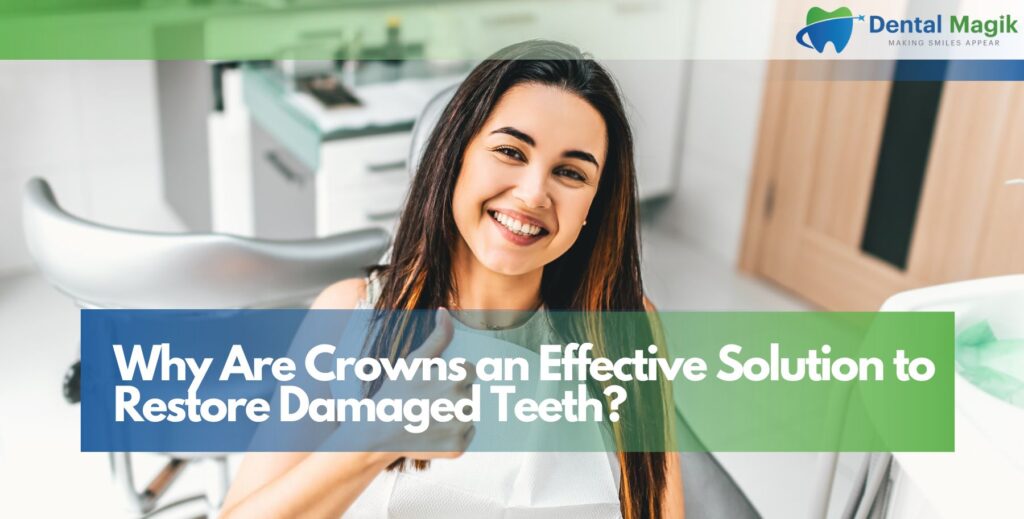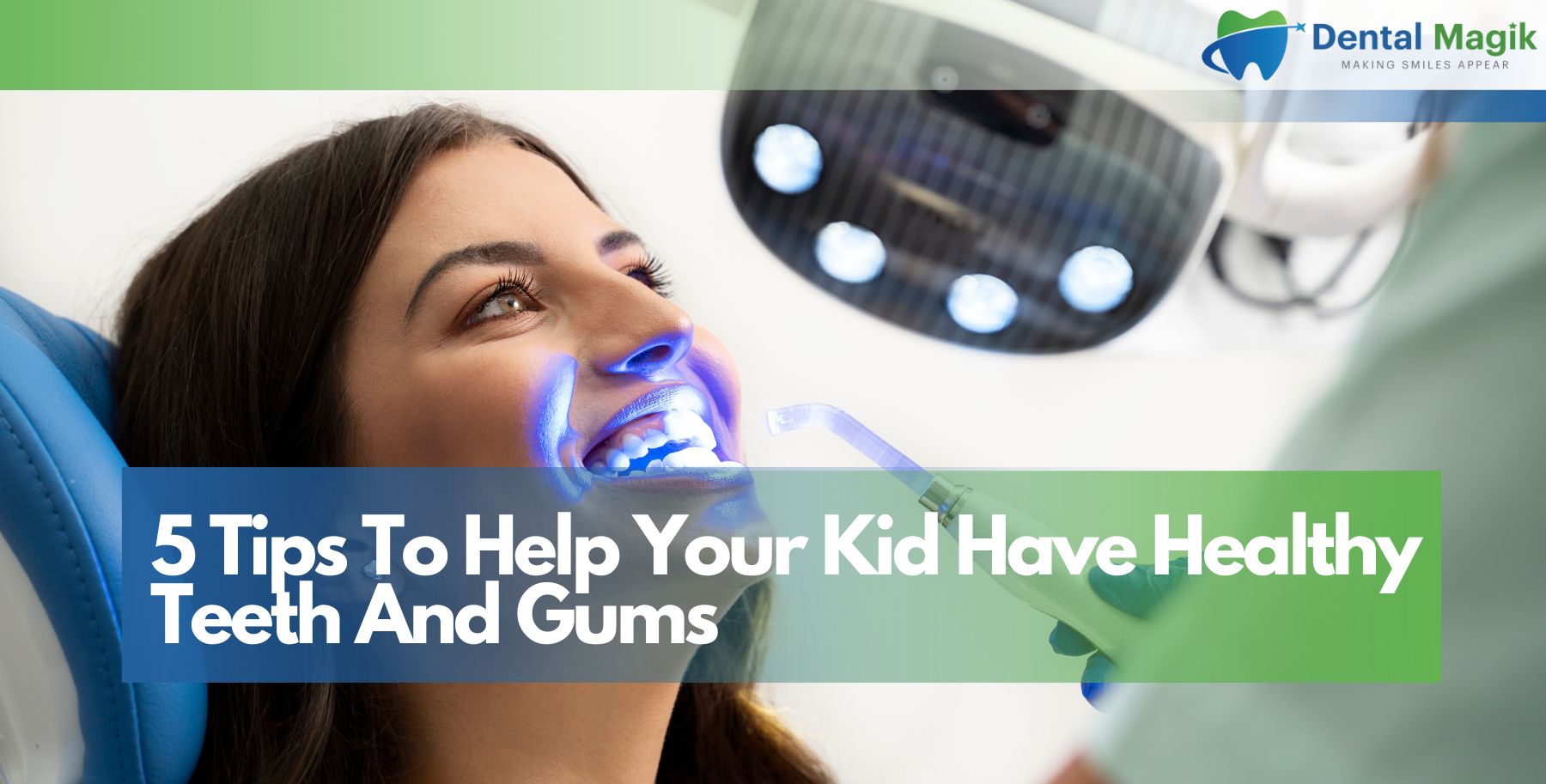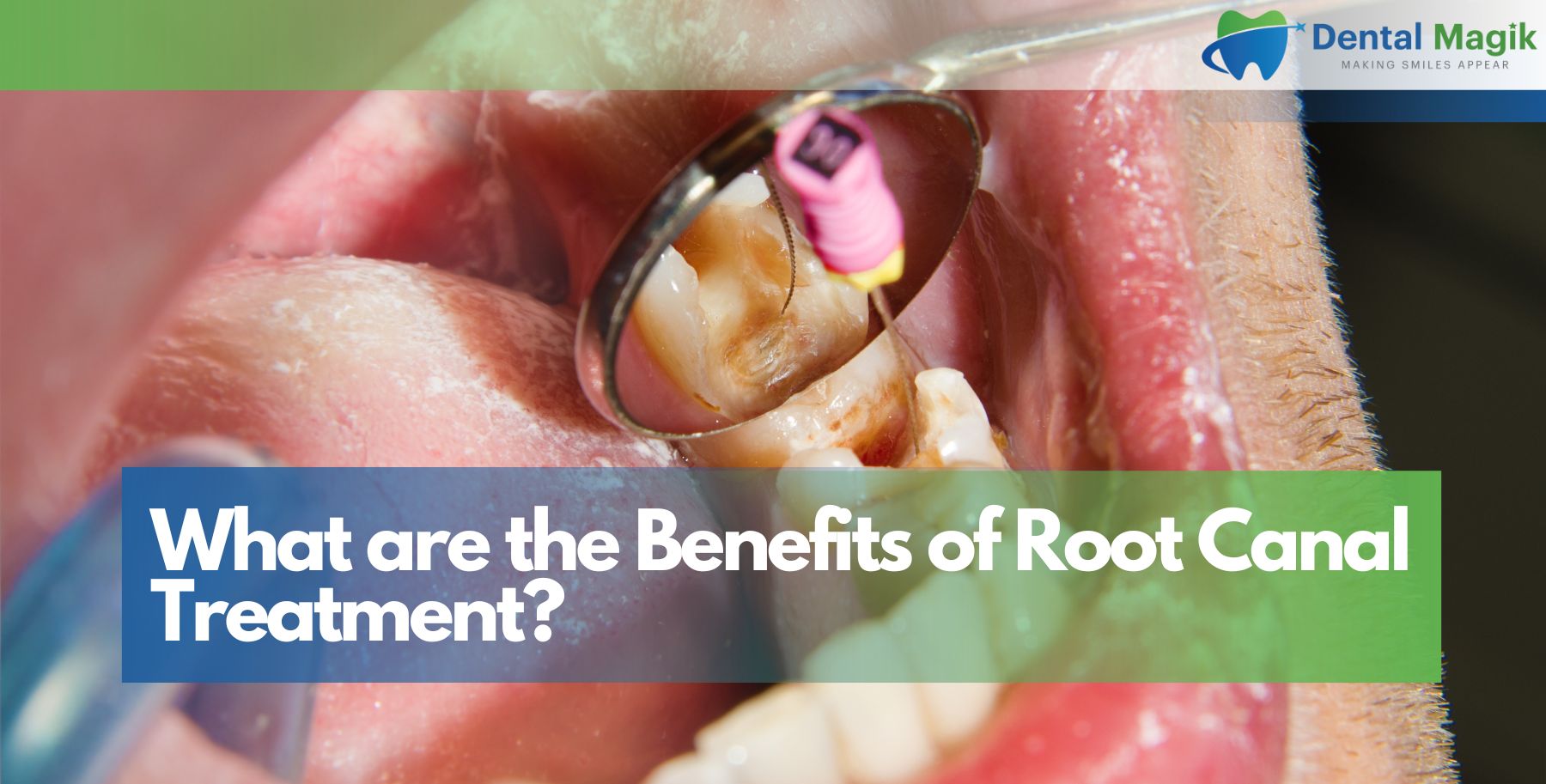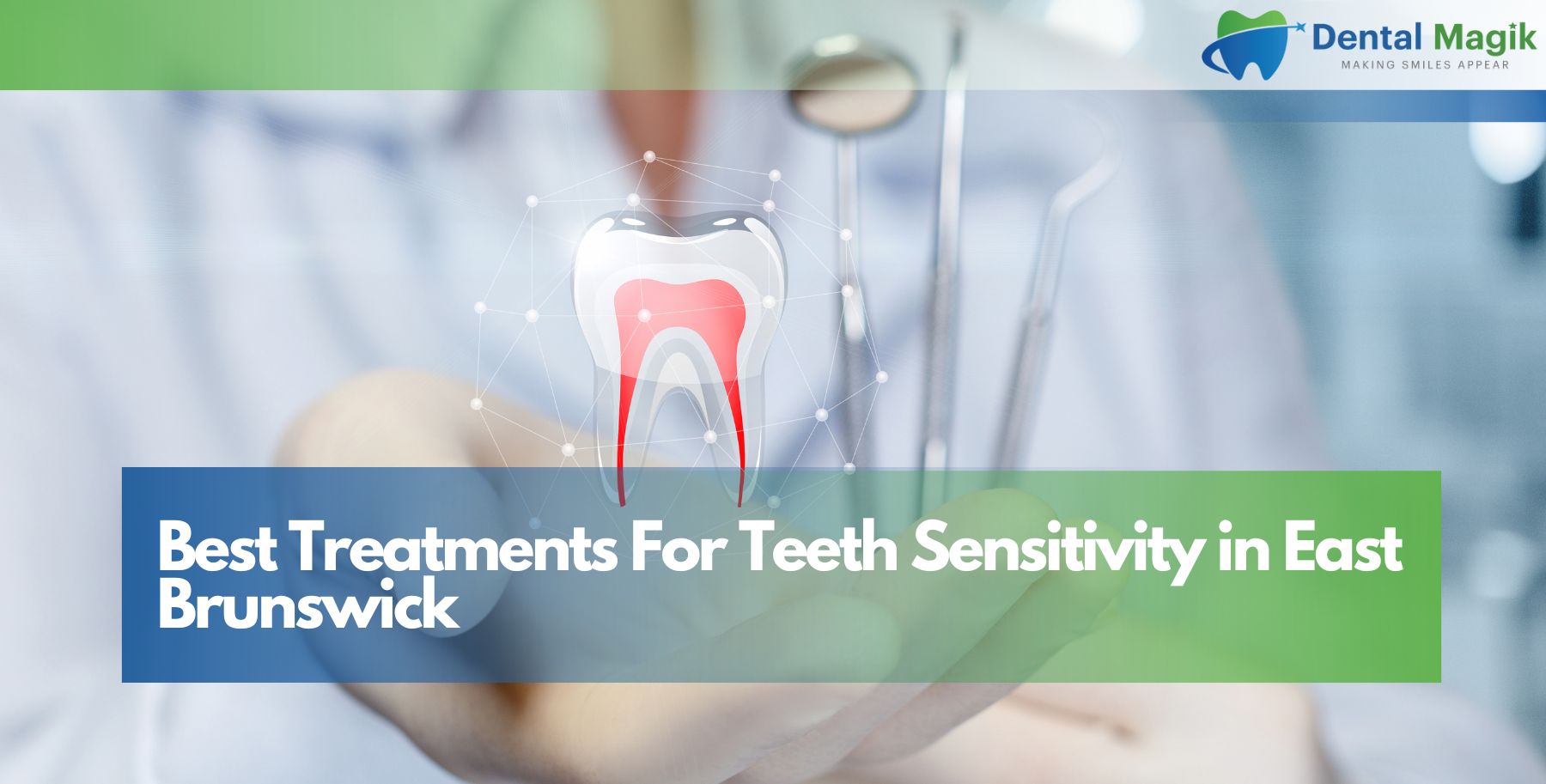When teeth are worn, broken, or badly decayed, the impact isn’t just cosmetic—it can affect your comfort, oral function, and confidence. One of the most reliable and time-tested restorative treatments dentists recommend is a dental crown. But why are crowns an effective solution to restore damaged teeth? This guide explores how crowns work, when they’re needed, and why they remain one of the most trusted treatments in modern dentistry.
Understanding Dental Crowns: What They Are and How They Work
A dental crown is essentially a custom-made “cap” that fits snugly over a damaged tooth. Designed to look and function like your natural tooth, it restores strength, shape, and appearance. Crowns are crafted from a variety of materials—porcelain, ceramic, metal, or a combination—to match both function and aesthetics.
Dental crowns in East Brunswick are a trusted solution for restoring damaged or weakened teeth. Whether caused by decay, fractures, or large fillings, crowns help preserve tooth structure while enhancing appearance and strength. Crafted from durable materials like porcelain or ceramic, they blend seamlessly with natural teeth. Patients often choose crowns after root canals or to protect cracked teeth from further damage. In East Brunswick, skilled dentists carefully tailor each crown to ensure a precise fit and long-lasting results. With proper care, dental crowns can last for many years, helping patients regain full function and confidence in their smiles.
Restoring Form and Function
The primary reason crowns are an effective solution to restore damaged teeth is because they offer both structural reinforcement and a natural appearance. Once placed, a crown encases the entire visible portion of the tooth, preventing further damage and restoring your bite.
Common Reasons for Recommending Dental Crowns
Dentists often recommend crowns when a tooth is too damaged to support a traditional filling but not damaged enough to require extraction. Here are some situations where a crown is a preferred treatment:
Severely Decayed Teeth
When decay compromises a large portion of a tooth, a crown provides long-term protection and function after the decay is removed and the tooth is built up.
Cracked or Broken Teeth
A fractured tooth is vulnerable to further damage. A crown covers and stabilizes the structure, preventing the crack from worsening.
Following Root Canal Therapy
Teeth that have undergone root canals are often brittle. A crown shields the treated tooth from breakage and restores normal chewing ability.
To Cover Misshapen or Discolored Teeth
For cosmetic reasons, crowns can improve the shape, size, and color of a tooth, blending seamlessly with surrounding teeth.
In all these cases, it’s clear why crowns are an effective solution to restore damaged teeth—they provide a single solution for both function and appearance.
How Crowns Compare to Other Restorative Options
While fillings and inlays/onlays are suitable for minor damage, crowns offer a more comprehensive solution. A filling merely fills in the damaged area, whereas a crown covers the entire tooth, offering full support.
Why Crowns Are Often the Better Choice
Dentists favor crowns in more severe cases because they reduce the risk of future complications. They also last longer, with many lasting over 10–15 years with proper care.
This long-term reliability explains why so many professionals consider crowns an effective solution to restore damaged teeth, particularly when other options might not provide lasting support.
Types of Dental Crowns Available
Crowns are not a one-size-fits-all solution. Based on the tooth’s location, the patient’s preference, and cost considerations, dentists may recommend one of the following:
Porcelain-Fused-to-Metal Crowns (PFM)
These offer strength with a natural look, making them ideal for back teeth and those that require durability.
All-Ceramic or All-Porcelain Crowns
Often recommended for front teeth due to their aesthetic appeal, these crowns mimic the translucency of natural enamel.
Zirconia Crowns
Known for their toughness and durability, zirconia crowns are ideal for high-pressure bite areas like molars.
Whichever material is used, the goal remains the same: crowns are an effective solution to restore damaged teeth both functionally and visually.
The Step-by-Step Crown Procedure: What to Expect
Getting a crown typically involves two visits.
First Visit: Tooth Preparation
The dentist reshapes the damaged tooth, removing any decay and creating a solid foundation. An impression is taken to ensure a perfect fit, and a temporary crown is placed to protect the tooth.
Second Visit: Crown Placement
After a dental lab fabricates the custom crown, it’s securely bonded to the prepared tooth. The dentist ensures the bite is aligned and the crown feels natural in your mouth.
This straightforward, efficient process is another reason crowns are an effective solution to restore damaged teeth—the treatment is minimally invasive with predictable results.
How Long Do Dental Crowns Last?
With proper care, dental crowns can last between 10 to 15 years—or even longer. Good oral hygiene, regular dental checkups, and avoiding hard foods or grinding can extend the crown’s lifespan.
This durability is a major reason why crowns are an effective solution to restore damaged teeth, especially for patients seeking a lasting fix.
Are Dental Crowns Worth the Investment?
Though crowns can be more costly than simple fillings, the long-term value they provide is well worth it. They prevent future damage, reduce the need for further treatment, and restore your smile and confidence.
From a cost-benefit perspective, crowns are an effective solution to restore damaged teeth, both clinically and cosmetically.
Caring for Your Crown: Maintenance and Oral Health
While crowns are strong, they still require care like your natural teeth. Patients are advised to:
Maintain Daily Oral Hygiene
Brushing twice a day and flossing are essential to prevent decay around the crown’s margins.
Visit the Dentist Regularly
Routine exams ensure the crown remains intact and that no other issues arise in nearby teeth.
Avoid Teeth Grinding
If you clench your teeth at night, a custom nightguard can help protect the crown from wear.
Why Crowns Remain a Go-To Solution for Dentists
Dentists around the world consider crowns an effective solution to restore damaged teeth because they offer consistent, predictable results. Whether it’s a cosmetic issue, structural damage, or a tooth weakened by root canal therapy, crowns provide complete coverage and peace of mind.
Conclusion
Whether you’ve cracked a molar or undergone a root canal, a dental crown can be the key to regaining your smile and comfort. There’s a reason so many professionals say that crowns are an effective solution to restore damaged teeth—they offer durability, aesthetics, and long-term protection. When handled by an experienced dentist, a crown doesn’t just fix a problem—it restores your confidence.
If you’re considering dental restoration, schedule a consultation today to discuss your options and find the right crown solution for your needs.
FAQs
How long does it take to get a dental crown?
Typically, two visits are required—one for preparation and impressions, and one for final placement. Some clinics offer same-day crowns with CAD/CAM technology.
Do crowns look natural?
Yes. Especially with ceramic or porcelain options, crowns can match your natural teeth so well that they’re virtually unnoticeable.
Can you eat normally with a crown?
Once the permanent crown is placed, you can eat most foods as usual. Avoid chewing on hard objects like ice or pens.
Is getting a crown painful?
Not at all. Dentists use local anesthesia to numb the area, and the procedure is relatively comfortable.







